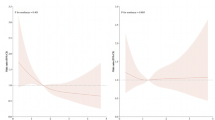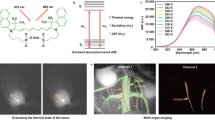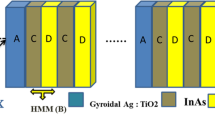Abstract
THE experiments of Heyroth and Loofbourow have established a close correlation between the physiological activity of concentrates of vitamin B1 (after eliminating inactive purines and pyrimidines, which absorb in the same spectral region), and the intensity of the absorption band at 2600 A. They have thus provided a welcome confirmation of the proof which we gave in our letter to NATURE of May 14, that vitamin B1 is characterised by an absorption covering the mercury line at 2537 A. The detection in their concentrates of inactive substances which absorb light of similar wave-length is of great value as a guide to the conditions under which the intensity of the band may be used as a measure of the concentration of the vitamin; but the identification of the characteristic band by the method of monochromatic irradiation was independent of the presence or absence of these impurities in the apparently homogeneous crystals which were used in our experiments.
This is a preview of subscription content, access via your institution
Access options
Subscribe to this journal
Receive 51 print issues and online access
$199.00 per year
only $3.90 per issue
Buy this article
- Purchase on SpringerLink
- Instant access to full article PDF
Prices may be subject to local taxes which are calculated during checkout
Similar content being viewed by others
Author information
Authors and Affiliations
Rights and permissions
About this article
Cite this article
BOWDEN, F., SNOW, C. Ultra-Violet Absorption Spectrum and Chemical Structure of Vitamin B1. Nature 130, 774 (1932). https://doi.org/10.1038/130774a0
Issue date:
DOI: https://doi.org/10.1038/130774a0



